Home>Ideas and Tips>Kitchen Revamp: From Drab To Fab
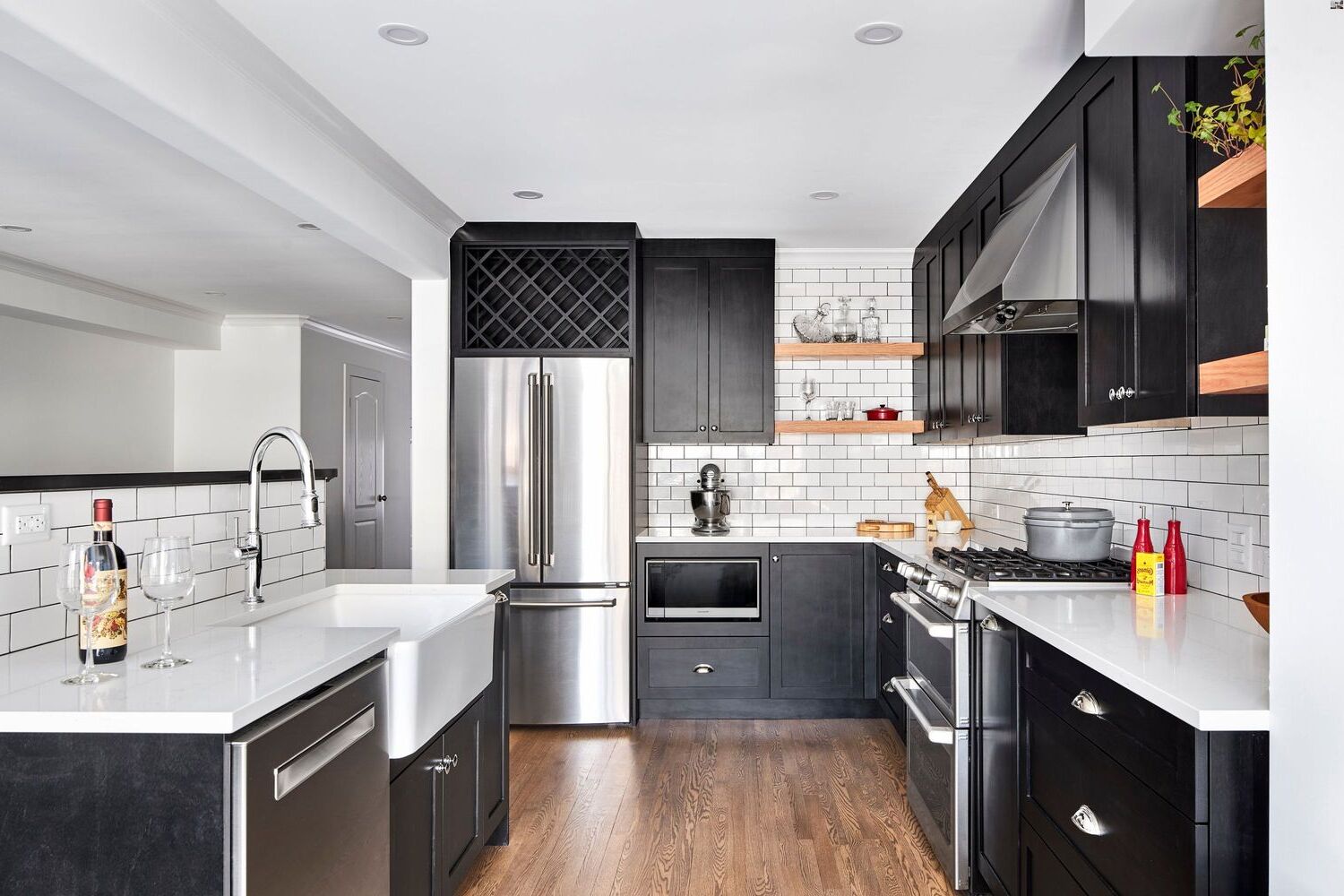

Ideas and Tips
Kitchen Revamp: From Drab To Fab
Published: October 21, 2024
Transform your outdated kitchen into a modern, functional space with our comprehensive guide on planning, design, and practical renovation tips.
(Many of the links in this article redirect to a specific reviewed product. Your purchase of these products through affiliate links helps to generate commission for Storables.com, at no extra cost. Learn more)
Introduction
A kitchen is often considered the heart of the home, where memories are made and meals are shared. However, an outdated and cramped kitchen can quickly become a source of frustration and stress. Whether you're looking to sell your home or simply want to enhance your living space, a kitchen renovation can be a fantastic way to transform your drab kitchen into a modern and functional haven. In this article, we'll delve into the world of kitchen revamps, exploring the steps involved, design considerations, and practical tips to help you achieve your dream kitchen.
Understanding Your Needs
Before starting a kitchen renovation project, it's essential to understand your needs and goals. Here are some key questions to ask yourself:
- Space Analysis: How do you use your kitchen? Do you have a large family or entertain frequently? If so, you may need more counter space and storage.
- Budget: What is your budget for the renovation? This will help you decide on the scope of the project and the materials you can afford.
- Style: What style do you prefer? Modern, traditional, minimalist, or something else? Your style will guide your design choices.
- Functionality: What features are must-haves for you? For example, do you need an island, built-in appliances, or specific types of lighting?
Read more: From Drab To Fab Kitchen Revamp Ideas
Planning Your Kitchen Renovation
Planning is crucial in any renovation project. Here’s a step-by-step guide to help you plan your kitchen revamp:
1. Assess Your Space
Start by measuring your kitchen and creating a floor plan. Consider the layout of your appliances, cabinets, and countertops. Use graph paper or software like SketchUp or Floorplanner to visualize different layouts.
2. Gather Inspiration
Collect ideas from various sources such as home decor magazines, Pinterest boards, and social media platforms. Look at different designs and take note of elements you like.
3. Set a Budget
Determine how much you can spend on the renovation. This will help you prioritize your spending and make decisions about materials and features.
4. Choose Your Materials
Select materials that fit your budget and style preferences. Consider factors like durability, maintenance requirements, and aesthetic appeal.
5. Hire Professionals
Decide whether you want to hire professionals for the renovation or do it yourself (DIY). If hiring professionals is not feasible due to budget constraints or lack of expertise, consider enlisting help for specific tasks like plumbing or electrical work.
Design Considerations
A well-designed kitchen is not just aesthetically pleasing but also functional and efficient. Here are some key design considerations:
1. Layout
The layout of your kitchen can significantly impact its functionality. Common layouts include:
- L-Shaped: Ideal for smaller kitchens with two walls available for cabinetry.
- U-Shaped: Suitable for larger kitchens with three walls available for cabinetry.
- Galley: Narrow corridors with cabinets on both sides.
- Island-Based: Incorporates an island for additional counter space and seating.
2. Cabinets
Cabinets are a crucial element in any kitchen design. Here are some tips for choosing the right cabinets:
- Material: Wood (oak, maple), MDF (medium-density fiberboard), or laminate.
- Style: Traditional, modern, or shaker-style.
- Color: White, gray, or any other color that complements your countertops and walls.
3. Countertops
Countertops come in various materials including granite, marble, quartz, and laminate. Each material has its own set of advantages and disadvantages:
- Granite: Durable but requires periodic sealing.
- Marble: Elegant look but prone to etching.
- Quartz: Low maintenance but may lack natural beauty.
- Laminate: Affordable but less durable.
4. Lighting
Proper lighting can transform your kitchen from dull to dazzling. Consider these lighting options:
- Overhead Lighting: Recessed lights or pendant lights above the island.
- Task Lighting: Under-cabinet lighting for better visibility while cooking.
- Ambient Lighting: Soft glow from LED strips under cabinets or around windows.
5. Appliances
Appliances are not just functional but also contribute significantly to the overall aesthetic of your kitchen:
- Built-In Appliances: Integrated into cabinetry for seamless integration.
- High-Gloss Finishes: Sleek look but may show fingerprints easily.
6. Flooring
Flooring should be durable enough to withstand heavy foot traffic and spills:
- Hardwood Flooring: Classic look but requires periodic refinishing.
- Tile Flooring: Easy maintenance but may feel cold underfoot.
Practical Tips for Your Kitchen Renovation
Here are some practical tips to keep in mind during your kitchen renovation:
1. Minimize Disruption
Plan your renovation during off-peak seasons when possible to minimize disruption to daily life.
2. Create a Temporary Kitchen
Set up a temporary kitchen area outside the main renovation zone if possible, ensuring you still have access to basic cooking facilities.
3. Use Temporary Fixtures
Install temporary fixtures like faucets and lighting fixtures that can be easily removed when the renovation is complete.
4. Protect Your Home
Cover floors and walls with drop cloths or plastic sheets to protect them from dust and debris.
5. Stay Organized
Keep all tools and materials organized in labeled bins or containers to avoid confusion and lost items.
Case Study: Transforming an Outdated Kitchen
Let's take a look at an example of how a kitchen renovation project transformed an outdated space into a modern haven:
Before the Renovation
The original kitchen was cramped with outdated appliances and limited counter space. The layout was inefficient, making it difficult for multiple people to cook simultaneously.
After the Renovation
The newly renovated kitchen features an L-shaped layout with ample counter space and modern appliances integrated into sleek cabinetry. The countertops are made of quartz, providing low maintenance while maintaining an elegant look. Under-cabinet lighting enhances visibility while cooking, while overhead pendant lights add ambient lighting.
Read more: How To Revamp My Wardrobe
Conclusion
A kitchen renovation is more than just a cosmetic change; it's about creating a functional space that enhances your lifestyle. By understanding your needs, planning meticulously, choosing the right materials, and following practical tips, you can transform your drab kitchen into a fabulous one that you'll love spending time in.
Whether you're looking to sell your home or simply want to enjoy better cooking experiences, investing in a kitchen revamp is worth considering. With careful planning and execution, you can achieve your dream kitchen that not only looks great but also functions efficiently.
By following these steps and tips outlined in this article, you'll be well on your way to creating a kitchen that truly reflects your style and meets all your needs. Happy renovating
Was this page helpful?
At Storables.com, we guarantee accurate and reliable information. Our content, validated by Expert Board Contributors, is crafted following stringent Editorial Policies. We're committed to providing you with well-researched, expert-backed insights for all your informational needs.
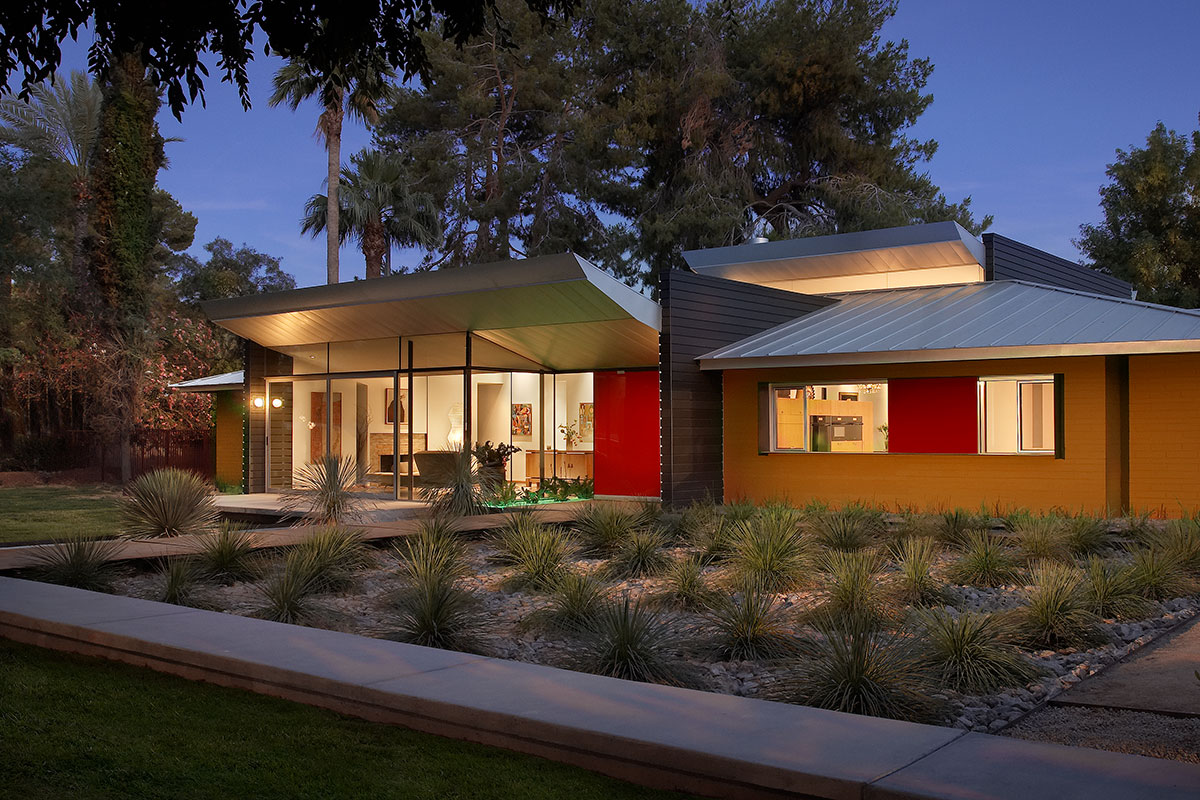
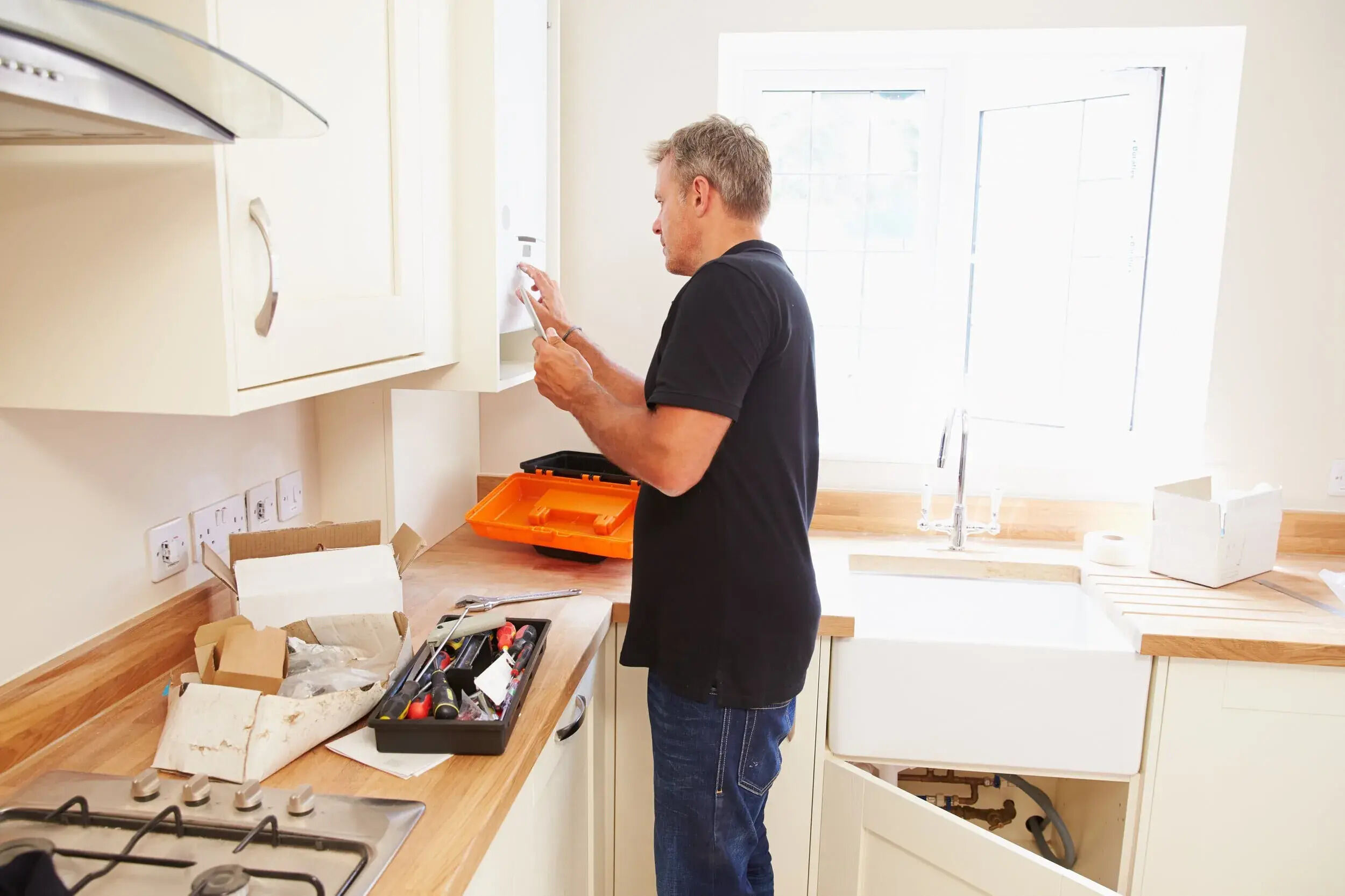
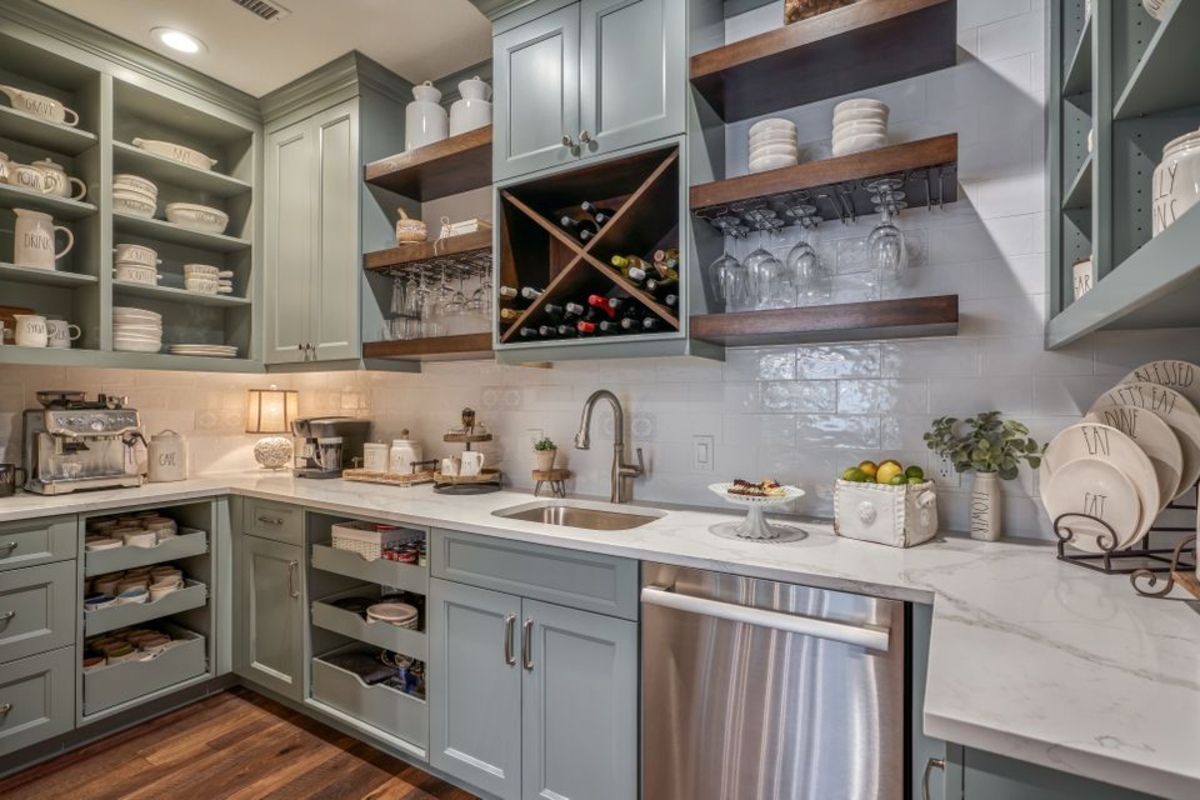
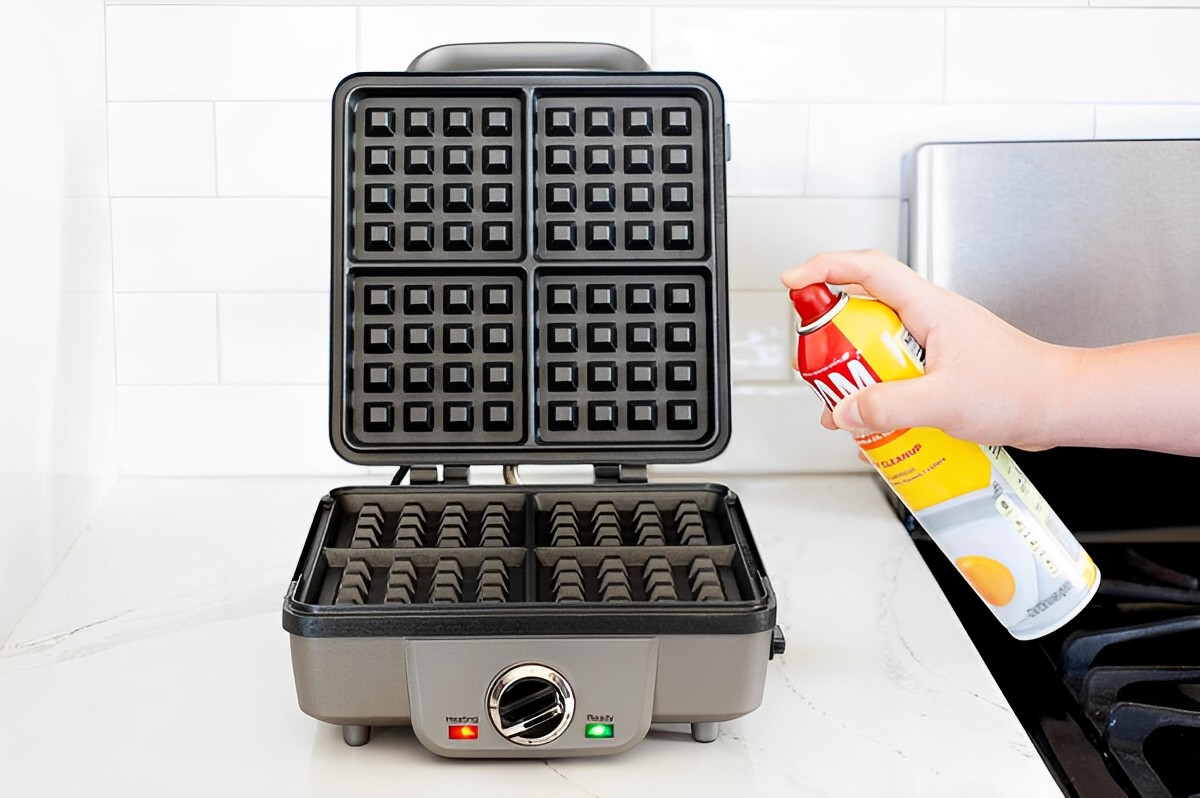
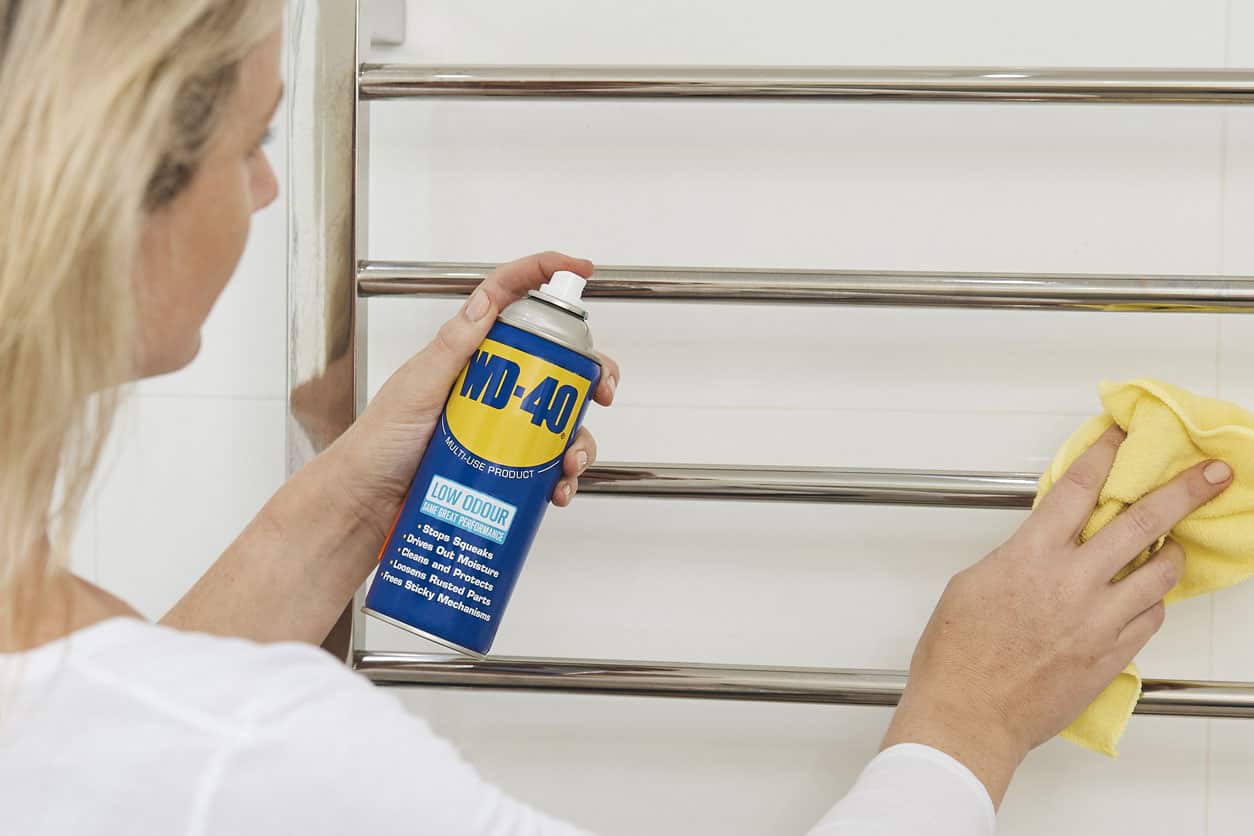
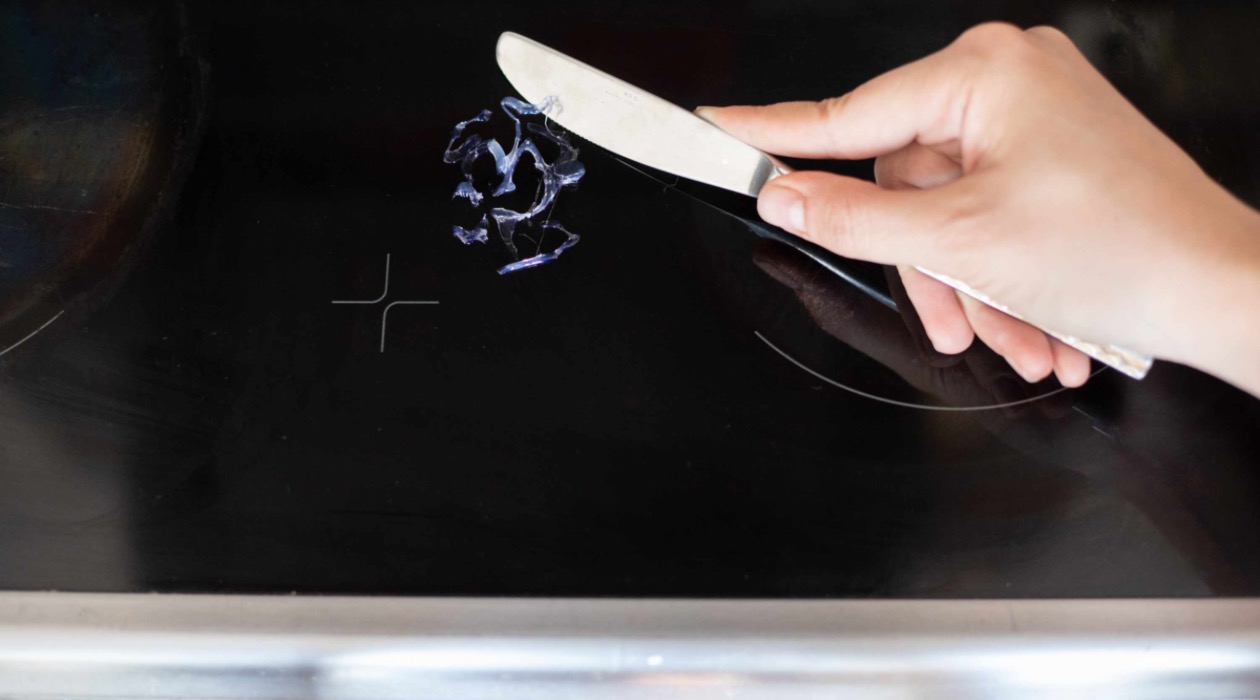
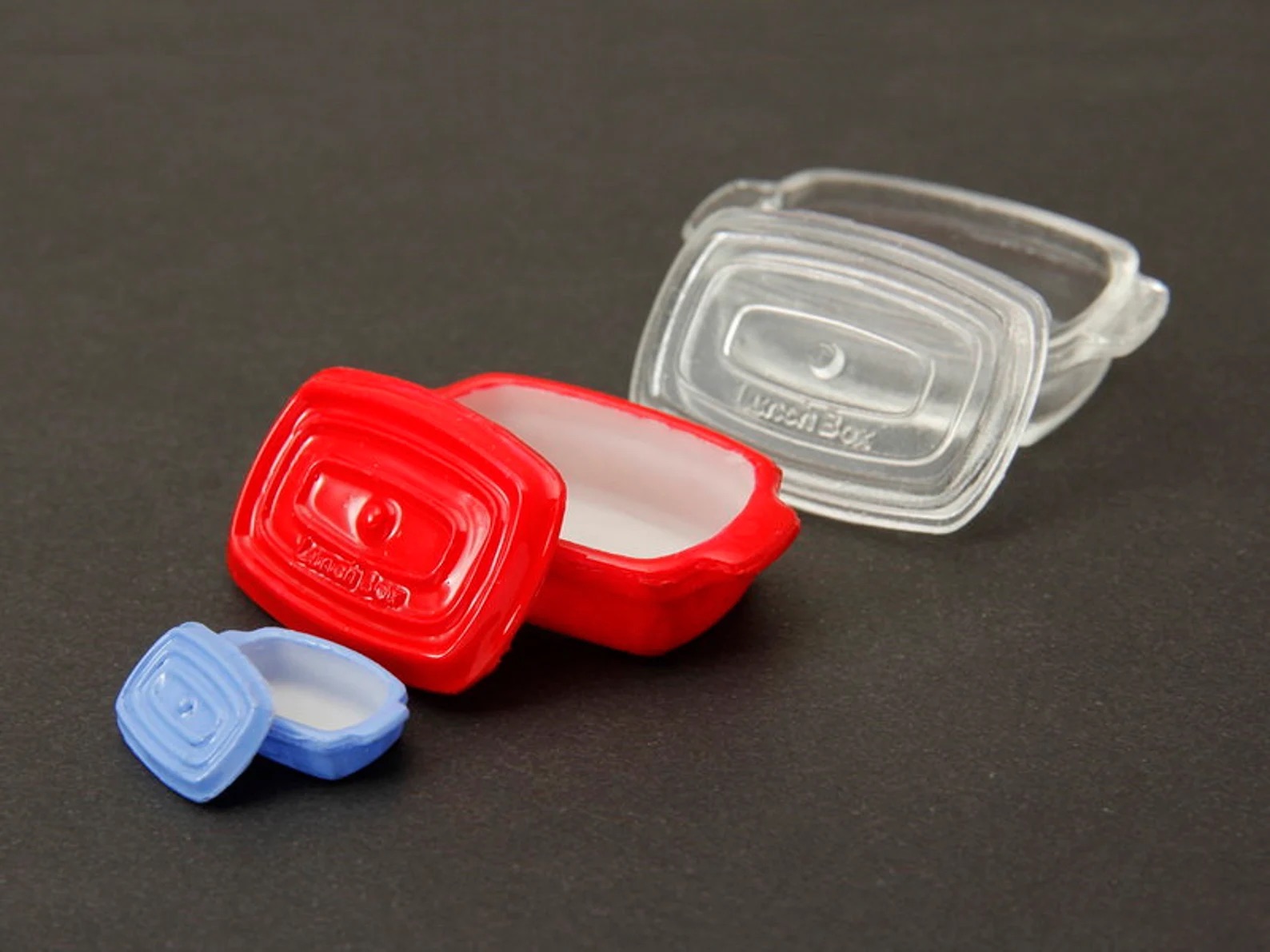
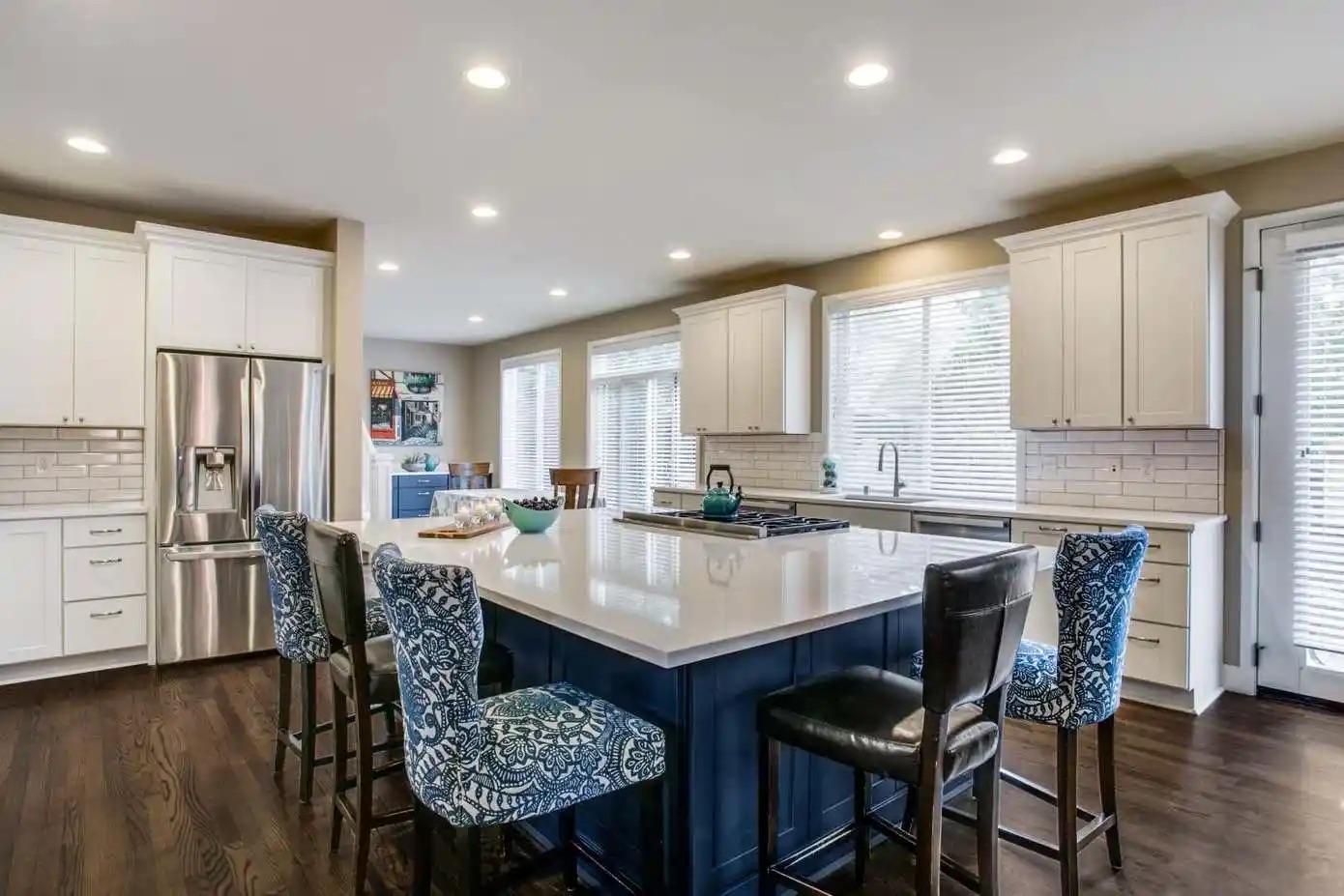
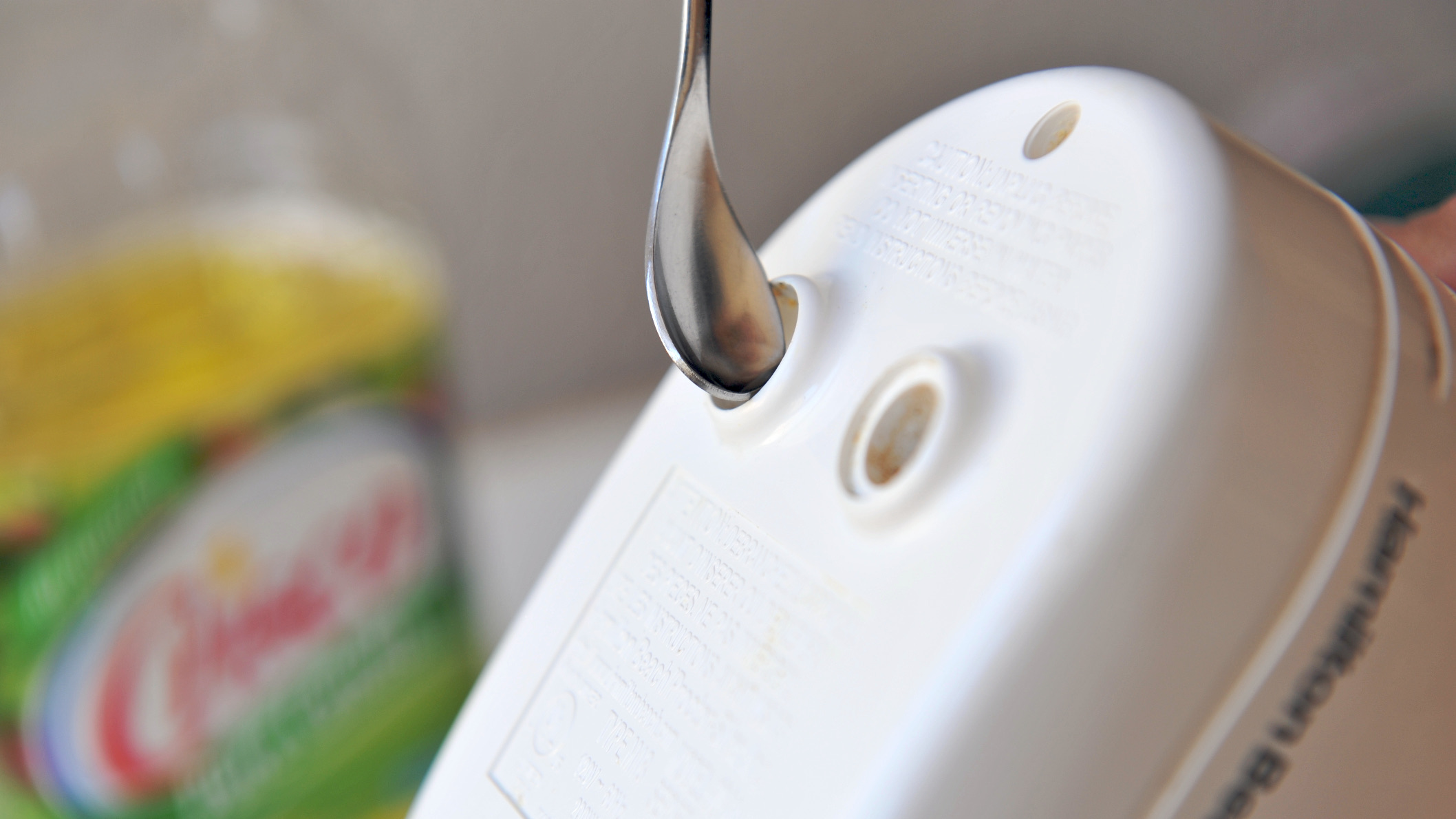
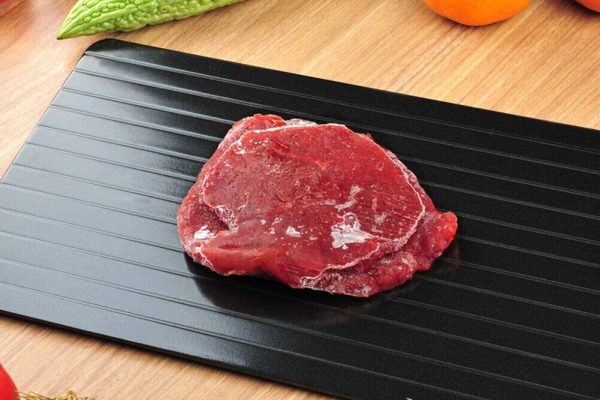
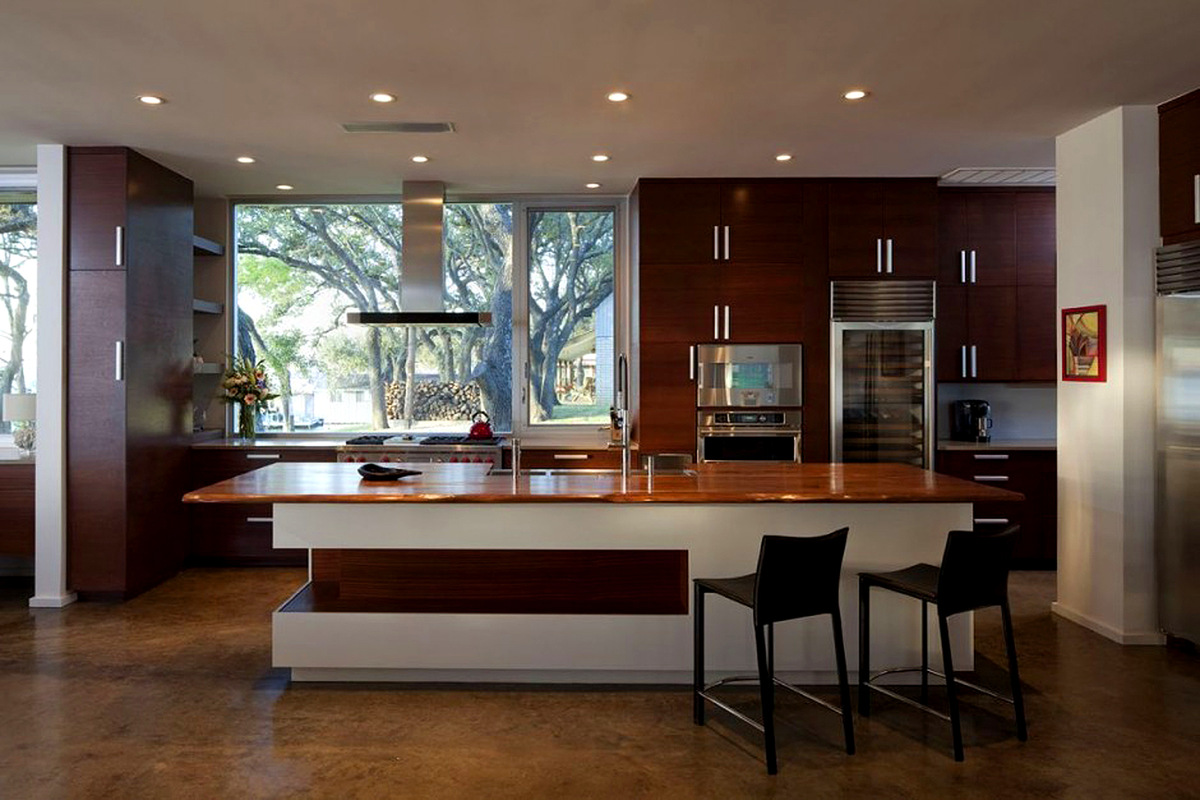
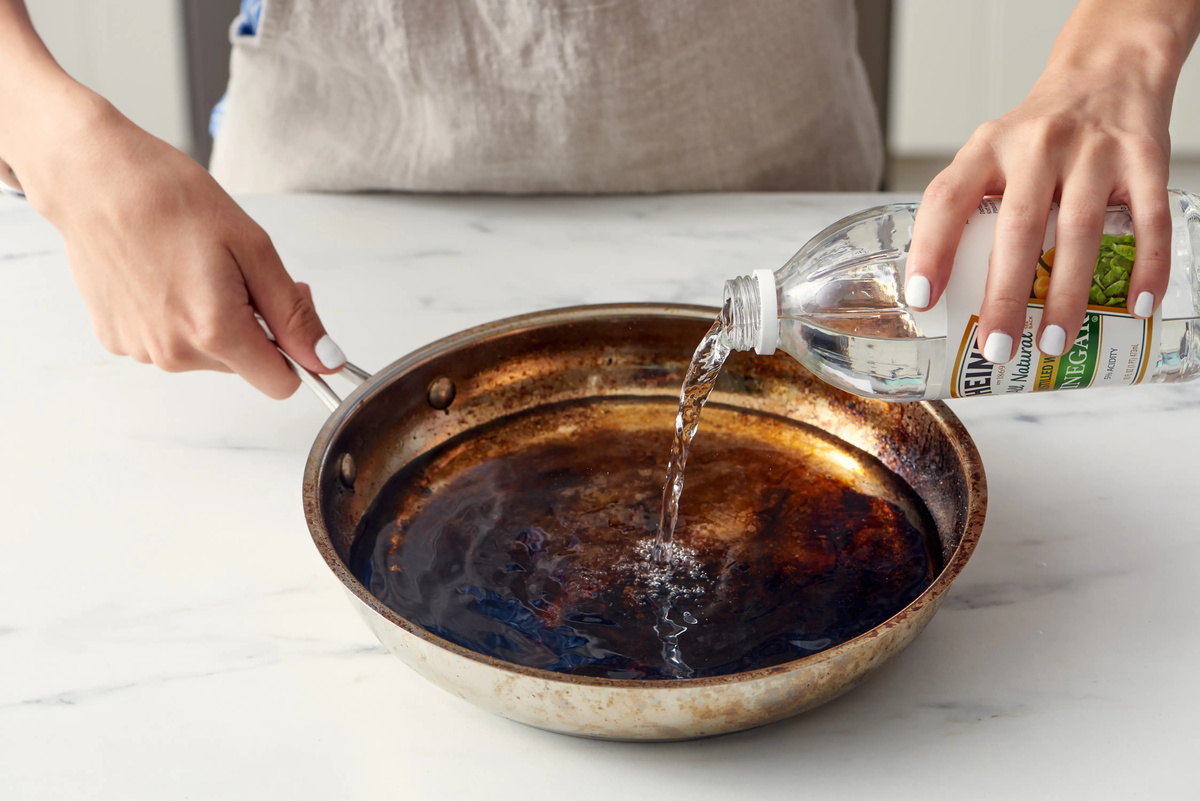

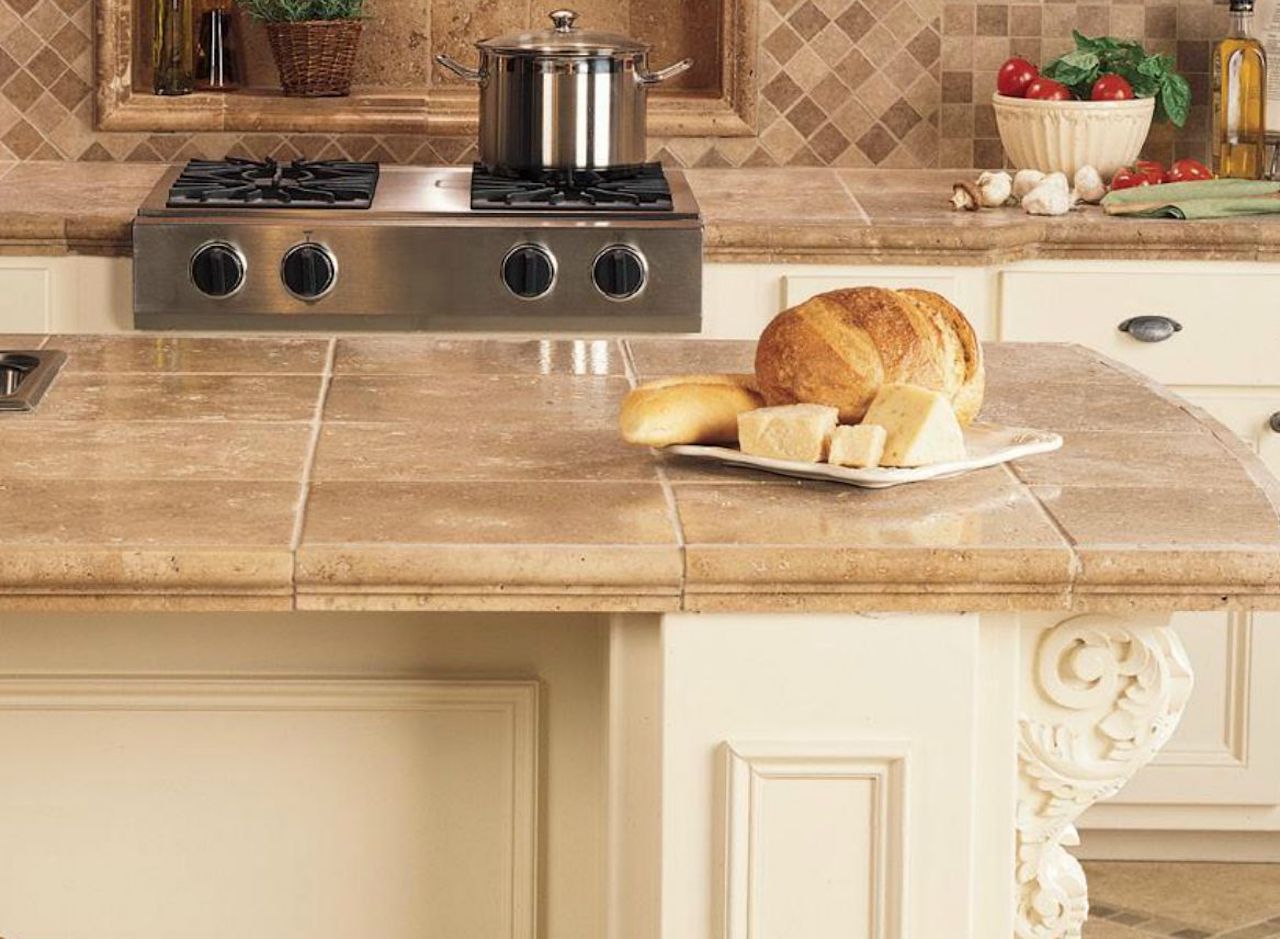

0 thoughts on “Kitchen Revamp: From Drab To Fab”